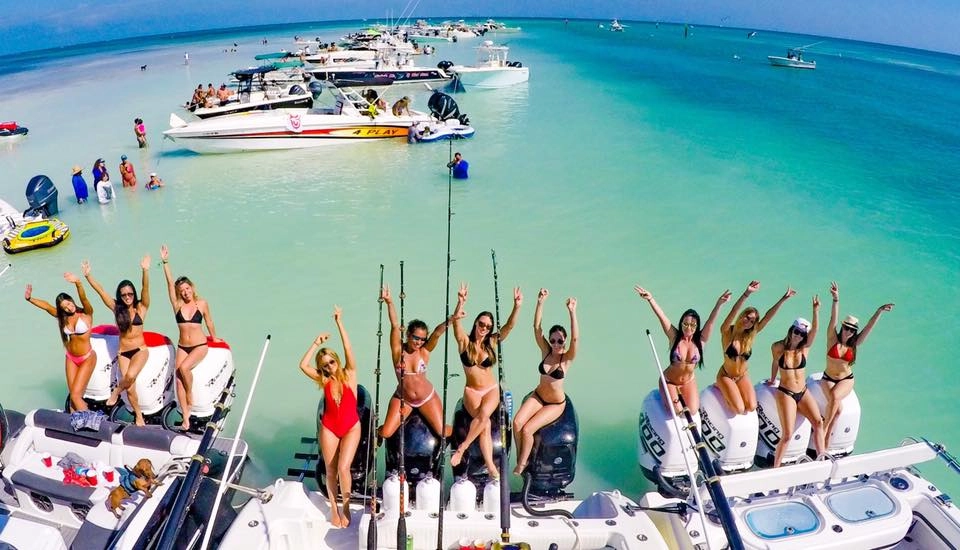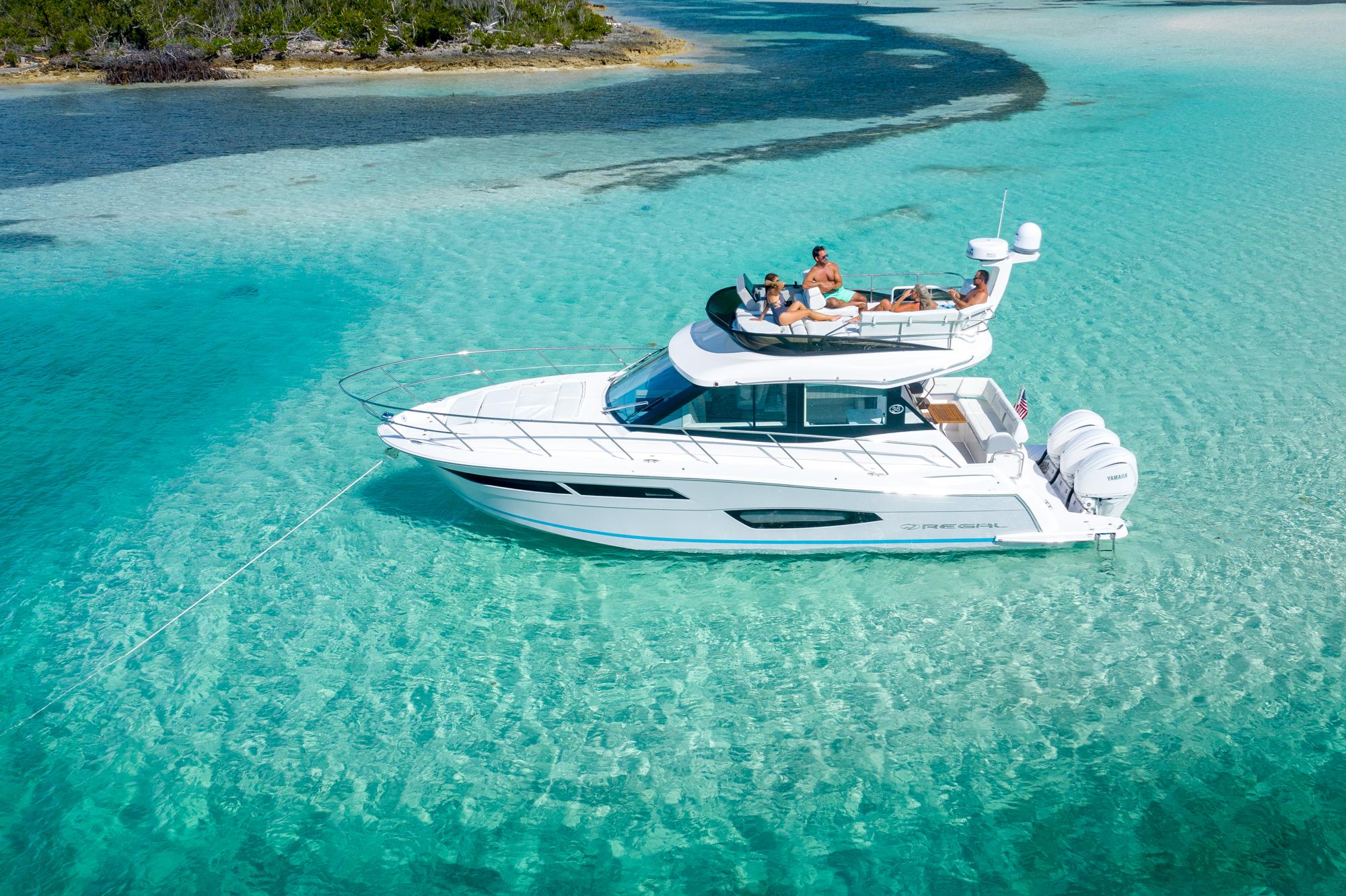What Type of Fire Can Be Put Out Safely with Water? Essential Safety Guidelines
When it comes to fire safety, understanding which types of fires can be safely extinguished with water is crucial.
Water is most effective on Class A fires, which involve common combustibles like wood, paper, and cloth.

Knowing this can make a significant difference in handling potentially dangerous situations efficiently.
Using water on the wrong type of fire can be dangerous.
For instance, using water on electrical fires (Class C) or fires involving flammable liquids and gases (Class B) can spread the flames or result in electrical shock.

This knowledge helps in making safe decisions in emergencies.
Effective fire safety practices require an understanding of the limitations and proper applications of water as an extinguishing agent.
Stay informed about fire classes and the best methods to handle each to ensure safety.
Key Takeaways
- Water is effective on Class A fires.
- Do not use water on electrical or flammable liquid fires.
- Know the limitations of water during fire emergencies.
Understanding Fire Classes
There are different types of fire, and they are grouped into classes. Each class is based on the material that is burning. Knowing these classes is important for choosing the right method to put out the fire.
Class A fires involve ordinary combustible materials such as wood, paper, cloth, and some plastics.
These fires can be safely put out with water, which cools the burning material.
Class B fires involve flammable liquids like gasoline, oil, and alcohol.
Water is not effective and can spread the flames. These fires should be extinguished with foam, dry chemical, or CO2 extinguishers.
Class C fires involve electrical equipment.
Water should not be used because it conducts electricity, posing a risk of electric shock. These fires are best put out with non-conductive extinguishing agents like CO2 or dry chemicals.
Class D fires involve combustible metals such as magnesium, titanium, and potassium.
Water can make these fires more dangerous as it reacts with the metals. Special dry powder extinguishers are recommended for these fires.
Class K fires involve cooking oils and fats, common in kitchens.
These fires can spread if water is used. The best way to put out Class K fires is with wet chemical extinguishers, which create a barrier between the fuel and the oxygen.
Properties of Water as an Extinguishing Agent
Water is effective in putting out many types of fires due to its unique properties. It is commonly used in firefighting to control and extinguish flames.
Heat Absorption:
Water absorbs a lot of heat when it is heated. This helps to cool the fire and reduce the temperature below the point where the fire can continue to burn.
Reduction of Oxygen Supply:
When water is sprayed on a fire, it creates steam. This steam helps to displace oxygen around the fire.
By reducing the oxygen supply, the fire becomes less intense and easier to control.
Smothering Effect:
As water turns into steam, it covers the burning material. This smothering effect prevents the fire from getting the oxygen it needs to keep burning.
Steam Generation:
When water is heated by fire, it changes into steam at 212 degrees Fahrenheit.
The steam expands, which helps in pushing hot air and gases away from the fire. This reduces the fire's ability to spread.
Not all fires can be safely extinguished with water.
For example, Class D metal fires and electrical fires can become more dangerous if doused with water. Hence, knowing which type of fire is being fought is crucial.
Water remains one of the most versatile and effective firefighting tools due to these properties, making it an essential resource in fire safety.
Effectiveness of Water on Class A Fires
Class A fires involve ordinary combustibles like wood, paper, cloth, rubber, and plastic. These materials are common in homes and offices.
Water is very effective in extinguishing Class A fires. It works by absorbing the heat from the fire, cooling the burning material below its ignition point.
Another way water helps is by soaking the material, making it too wet to burn. This prevents the fire from spreading.
A water extinguisher is ideal for putting out Class A fires. It’s simple to use and readily available.
Common Examples of Class A Fires That Can Be Put Out with Water
- Wood fires, such as campfires or burning furniture
- Paper fires, including books and documents
- Cloth fires, like burning clothes or curtains
- Rubber fires, from items such as tires
- Plastic fires, involving items like toys or containers
When using water on these fires, it’s important to act quickly before the fire spreads.
However, always ensure it's safe to use water and that there are no electrical appliances nearby, as water can conduct electricity and pose a shock hazard.
In most cases, the best way to handle these fires is with a water extinguisher or simply pouring water directly onto the flames. This method is effective and often the quickest way to control and put out a fire involving ordinary combustibles.
Limitations of Water on Electrical Fires
Water can be extremely dangerous when used on electrical fires due to its conductive properties and the higher risk associated with Class C fires.
Conductivity of Water
Water conducts electricity very well. When water comes into contact with an electrical source, it can cause currents to travel along dangerous and unpredictable paths.
This increases the risk of electrical shock.
Electrical appliances, faulty wiring, and live circuits can pose significant hazards if water is used to try and put out the fire.
Even turning off circuit breakers might not eliminate all risks, as residual currents can still flow through electrical wires and components.
It is crucial to use the appropriate fire extinguishers on electrical fires to avoid these dangers.
Class C Fire Risks
Class C fires involve electrical elements, such as live circuits, appliances, and wiring.
The primary risk when dealing with these fires is electrocution.
Attempting to extinguish a Class C fire with water is not only ineffective but can also lead to severe injury or death.
Most electrical fires need extinguishers rated for Class C fires, which safely smother flames without conducting electricity.
Additionally, cutting off the power source is essential before attempting any firefighting action.
Using water in such scenarios can lead to dangerous outcomes for both individuals and property.
Dangers of Using Water on Flammable Liquids and Gases
Using water on Class B fires, which involve flammable liquids like gasoline, oils, and alcohol, is highly dangerous.
Water can cause these liquids to spread, making the fire larger and harder to control.
When water hits a flammable liquid, it can create a splash, spreading the burning substance over a wider area.
This can lead to a more intense and uncontrollable situation.
Alternative Methods:
- Foam Extinguishers: These are designed to smother flammable liquid fires, creating a barrier between the fuel and the fire.
- Dry Chemical Extinguishers: They work by interrupting the chemical reaction of the fire.
Substituting water with the proper extinguishing agents when dealing with Class B fires can significantly increase safety and effectiveness.
Water Ineffectiveness on Metal Fires
Water is not effective at putting out metal fires, also known as Class D fires. These fires involve flammable metals like magnesium and sodium.
When water contacts these burning metals, a dangerous chemical reaction can occur. This reaction can release hydrogen gas, which is highly flammable and can cause explosions.
Class D fires require special extinguishing agents designed for metal fires.
These agents typically include dry powder extinguishers. Dry powder works by separating the fuel from oxygen or by removing the heat.
Using water-based foams on metal fires is also not recommended. They contain water, which can react adversely with metals and make the situation worse.
Here is a quick comparison of extinguishing agents:
| Extinguishing Agent | Effective on Metal Fires? |
|---|---|
| Water | No |
| Dry Powder | Yes |
| Water-Based Foam | No |
It is essential to use the correct type of extinguisher for Class D fires to prevent further hazards.
Alternatives to Water for Special Fire Classes
Other extinguishing agents are needed for certain types of fires to ensure safety and effectiveness. Class B, C, D, and K fires each require specific types of extinguishers.
Suitable Agents for Class B and C Fires
Class B fires involve flammable liquids like gasoline or oil. Foam extinguishers or carbon dioxide (CO2) gas are best here.
Foam creates a barrier over the liquid, preventing oxygen from fueling the flames. Meanwhile, CO2 displaces oxygen around the fire, stopping combustion.
Class C fires involve electrical equipment. Carbon dioxide and dry powder extinguishers work well.
CO2 gas is non-conductive and leaves no residue, making it safe for electronics. On the other hand, dry powder extinguishers cut off the fire's oxygen and are effective for various fire types, including electrical fires.
An ABC extinguisher can be useful for both Class B and C fires, offering versatility.
Extinguishers for Class D and K Fires
Class D fires include combustible metals like magnesium. Water can make these fires more dangerous. Instead, dry powder extinguishers are recommended.
These powders can smother the fire, stopping it from spreading.
Class K fires are kitchen fires involving cooking oils and fats. Wet chemical extinguishers are ideal.
They react with the oils to form a soapy layer, cutting off the oxygen. This type of extinguisher is especially important in commercial kitchens.
Practical Tips for Using Water Extinguishers
When using a water extinguisher, aim the nozzle at the base of the flames. This helps control the source of the fire more effectively.
P.A.S.S. Technique:
- Pull the pin
- Aim the nozzle low
- Squeeze the handle
- Sweep the nozzle from side to side
Keep a safe distance while using the extinguisher. Maintain at least six feet away from the flames to ensure better control and safety.
Water extinguishers work best on Class A fires. These include fires involving wood, paper, cloth, and some plastics. They are not suitable for electrical fires, oil fires, or metal fires as they can cause hazardous reactions.
Important Safety Tips:
- Ensure the area is not electrically charged. Water conducts electricity, which can lead to shocks.
- Do not use water on burning liquids or metals. Water spreads flammable liquids and reacts violently with metals.
Firefighters often recommend adding mild soap or Class A foam to water. This can increase the effectiveness against certain types of fires.
If there’s doubt about whether water is safe, it’s best to wait for emergency services. Firefighters and related fire services have the expertise to handle diverse fire situations more safely.
Common Misconceptions About Fire Extinguishing
Misconception 1: Any fire extinguisher can be used on any type of fire.
Not all fire extinguishers are the same. They are designed for specific types of fires. Using the wrong one can be ineffective or dangerous.
Misconception 2: Water can be used on all fires.
Water should not be used on grease fires (Class K), electrical fires (Class C), or metal fires (Class D). It can spread the flames or cause explosions.
Misconception 3: You need to be a professional to use a fire extinguisher.
Fire extinguishers are user-friendly. With basic training, anyone can safely use one in an emergency.
Misconception 4: Small fires don't need extinguishers; they can be put out by hand.
Using hands or other improper tools can be risky. Even small fires require appropriate extinguishing methods to ensure they are fully put out.
Misconception 5: One fire extinguisher type works for all fires.
Each extinguisher type is made for different classes of fire. ABC-rated extinguishers are versatile, handling most common fires, but specific types like Class D need specialized extinguishishers.
Misconception 6: Fire extinguishers are only for indoor use.
They are also essential for vehicles, boats, and outdoor spaces. Fires can happen anywhere, so having an extinguisher on hand is crucial.
Fire Safety Precautions and Emergency Response
Fire safety is vital in protecting life and property. Smoke alarms should be installed on every level of a home and tested monthly.
Evacuation plans are crucial. Families should practice them twice a year and ensure everyone knows the escape routes.
Emergency services like firefighters play a key role in managing fires. In case of a fire, it's crucial to call emergency services immediately.
While water can be used to extinguish some fires, it’s important to know it’s not suitable for all types. For instance, water should never be used on flammable liquid fires as it can spread the flames.
Class A fires, which involve ordinary combustibles like wood, paper, and cloth, can be safely put out with water.
Fire Safety Measures:
- Install smoke alarms in key areas.
- Regularly test and maintain alarms.
- Create and practice evacuation plans.
When to Use Water:
- Only on Class A fires (e.g., wood, paper).
- Never on flammable liquids (Class B fires).
Planning and awareness can greatly enhance fire safety and ensure a quick and effective emergency response.
Frequently Asked Questions
Water can be an effective tool for certain types of fires. However, it's important to understand which fires can be safely extinguished with water and the risks involved in using water on incorrect fire types.
Which fires are safe to extinguish with water?
Class A fires are safe to extinguish with water. These fires involve common materials such as wood, paper, and cloth. Water helps cool these materials and puts out the flames.
Is it safe to use water on an oil fire?
No, it is not safe to use water on an oil fire. Water can cause the oil to splatter and spread the fire. For oil fires, use a Class B fire extinguisher.
Why is water not recommended for extinguishing gasoline fires?
Water is not recommended for gasoline fires because it can cause the gasoline to spread. This can make the fire worse. Use a chemical-based extinguisher for gasoline fires.
What situations allow for water to be used in firefighting?
Water can be used in outdoor fires involving dry grass, leaves, and wooden debris. It's also effective in homes for fires involving wood furniture, paper, and fabrics.
For which types of fires is water an appropriate extinguishing agent?
Water is appropriate for Class A fires, which involve materials like wood, paper, and cloth. These materials can absorb water and cool down, which helps extinguish the fire.
What are the risks of using water on electrical fires?
Using water on electrical fires is dangerous. Water conducts electricity. This increases the risk of electric shock. Instead, use a Class C fire extinguisher for electrical fires.
Meet Charlie Hardcastle, the undisputed king of the sea, and Editor-in-chief of Sea Magazine. Charlie's passion for boating runs deeper than a kraken's lair, and his years of experience on the water make him the ultimate boating guru. When it comes to boats, Charlie's knowledge is as vast as the ocean. He knows everything from the latest technology to the best locations for water enthusiasts. But Charlie's expertise isn't just limited to boating mechanics and history. He's also a marketing whiz, with a keen understanding of how the industry is adapting to changing consumer preferences. He knows how to effectively reach new audiences, whether they're looking for a luxury yacht or a modest pontoon boat. In short, Charlie is the complete package, a one-stop-shop for all things boating. So if you're looking to learn about the latest technology, marketing strategies, or just want to hear some epic sea tales, Charlie Hardcastle is your guy.







